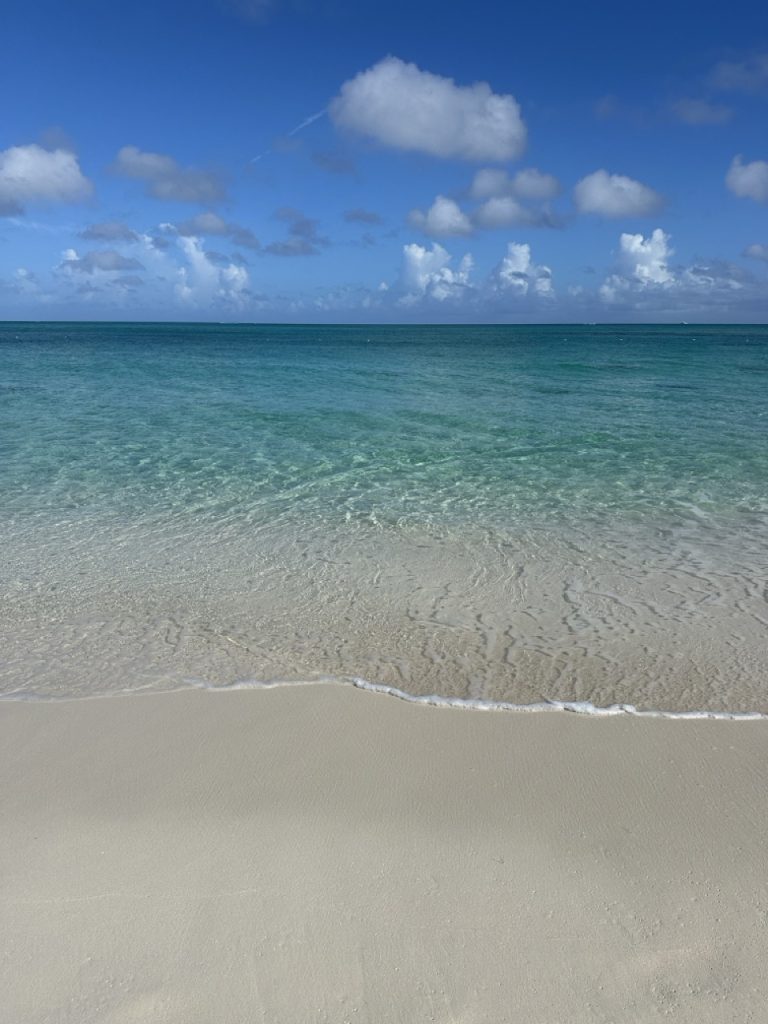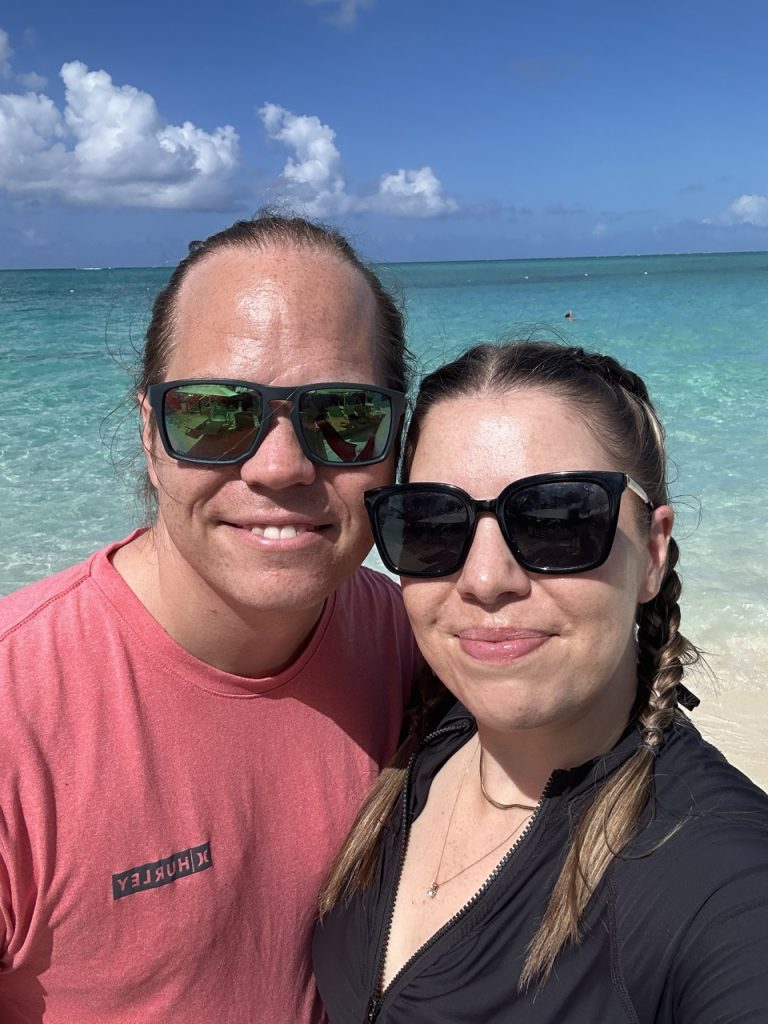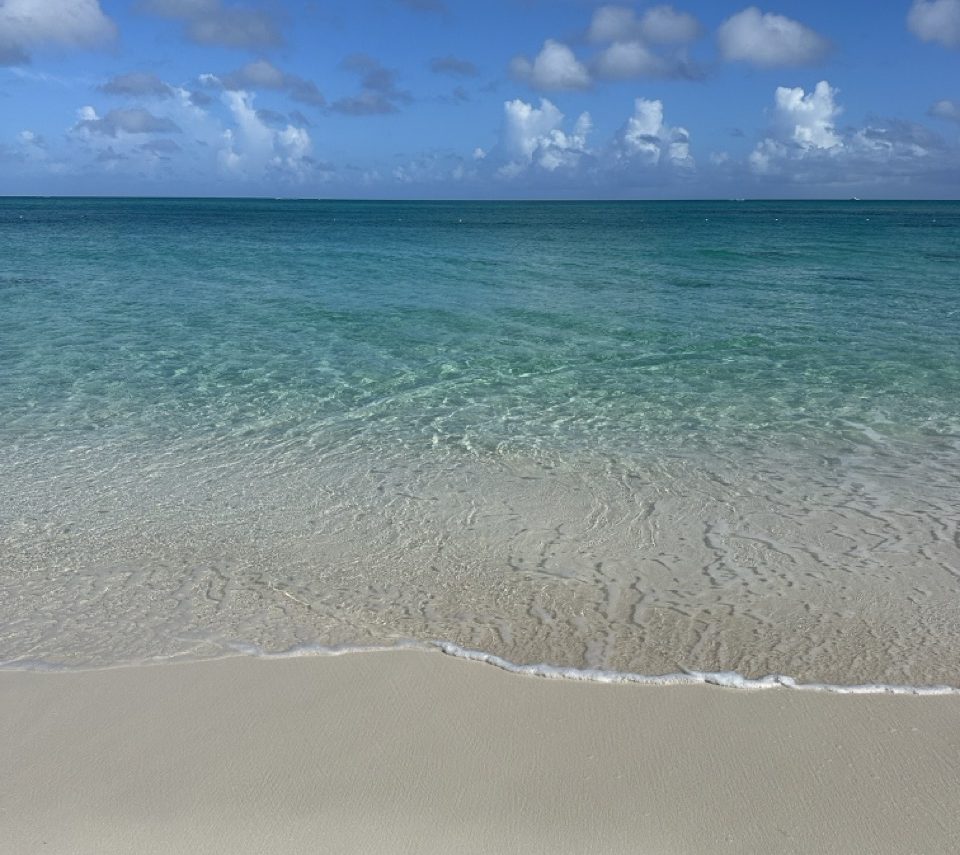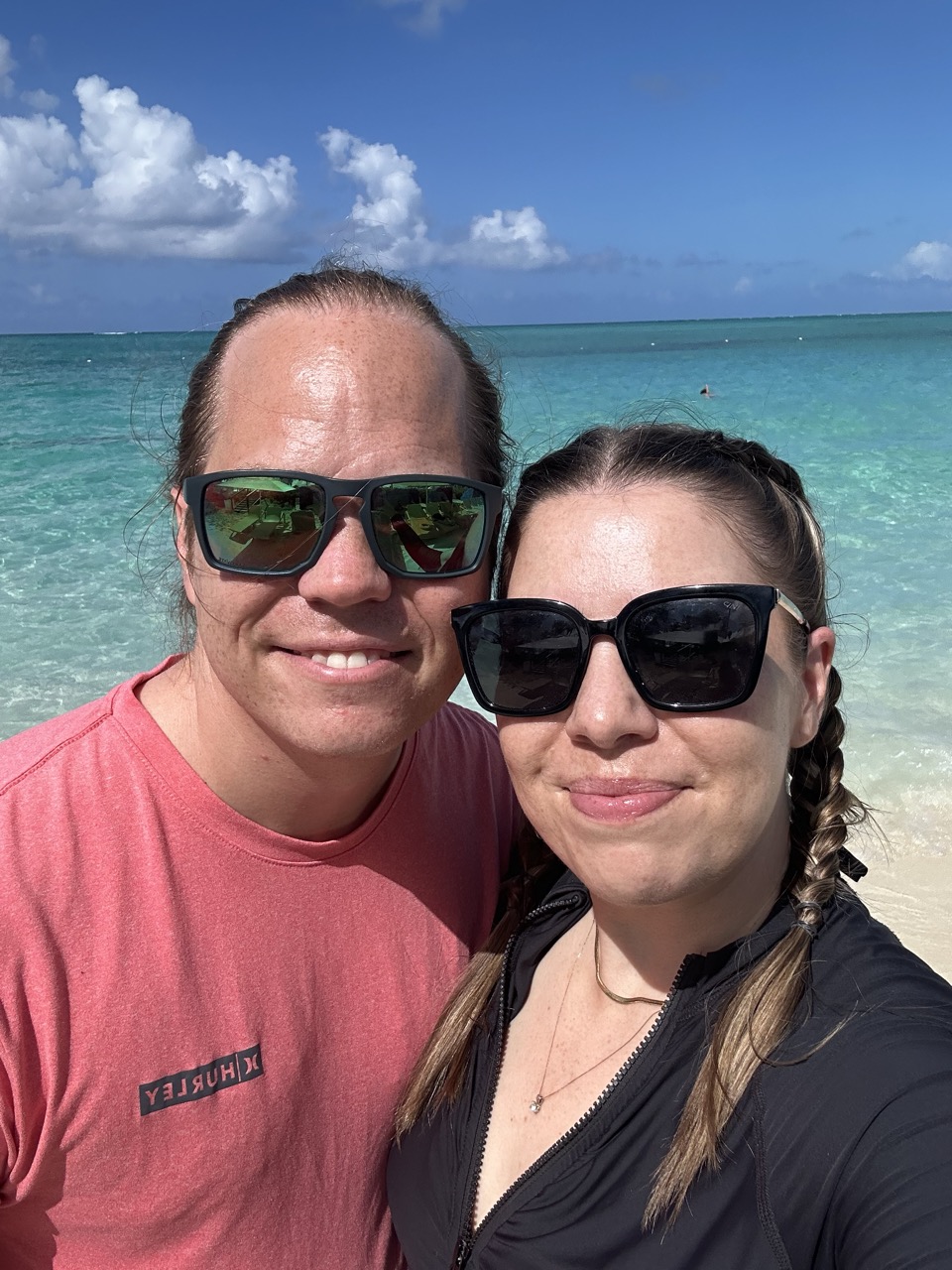Turks & Caicos is a tropical paradise that is fortunate in having pretty consistent weather throughout the year. It’s always warm and often sunny. These are some of the driest islands in the Caribbean, making this a wonderful destination for beach trips and watersports.
There are some weather issues to consider when trying to plan your trip, however, as well as looking at which times are most affordable.
If you’re looking for a combination of the nicest weather and lower prices, the best time to travel to Turks and Caicos is the months of February, March, and April.
For the lowest prices, the best time to visit is in late summer and fall, the months of August, September, October, and November. However, this is during the rainy season as well as hurricane season (which runs from June to November). If you plan to visit Turks & Caicos during hurricane season, keep an eye on the weather and be sure to get travel insurance in case storms impact your trip.
Throughout the year, there isn’t too much fluctuation in temperature. Average temperatures on land range between 75 and 95 degrees Fahrenheit/24 to 35 Celsius (with evenings being a bit cooler). The temperature of the ocean tends to range between 79 and 85 degrees Fahrenheit/26 to 29 degrees Celsius.
Let’s look at the different seasons to take into account when trying to decide the best time to travel to Turks & Caicos for you.

Peak Season
Peak season here, like most of the Caribbean, is during the winter and early spring. The months of December to April will have the highest prices and occupancy rates. However, you are practically guaranteed gorgeous weather.
Off Season
In contrast, the off-season for Turks & Caicos is in the late summer and early fall, when school is back in session. This is late August, September, October, and early November.
Temperatures are a bit higher, and you can experience rain since it’s part of the rainy season. However, rain in Turks & Caicos is usually just brief showers so it’s nothing to be concerned about.
You should be aware of hurricanes. While chances are very small you will have an issue, if you are traveling during hurricane season they can always be in the forecast. So if you’re planning your trip for this time be sure you get travel insurance just in case. Pay attention to weather forecasts before and during your trip so you’re prepared if something starts to develop. The most likely time for storms to affect Turks & Caicos is mid-August through September, but we have gone to Turks & Caicos two years in a row in September without an issue.

Wet Season
As mentioned above, the wet or rainy season in Turks & Caicos is August to December. May also often sees more rain. However, rain here isn’t usually long or severe storms, but rather intermittent showers, so it doesn’t tend to negatively impact vacationers.
Dry Season
The driest months in Turks & Caicos are January, February, March, and April. Temperatures are somewhat lower at this time, closer to mid and upper 70s than the 90s you might experience in the summer, so this is the best time to visit Turks & Caicos if you want the best weather.
If you’re interested in surfing or in watersports that depend on windy days such as kitesurfing, the winter is the best time to travel to Turks & Caicos for the best weather conditions for those activities.
Other Factors in Deciding the Best Time to Travel to Turks and Caicos
Besides weather and the peak tourist times, there are some other things to consider when planning your trip. These include the presence of mosquitoes and seasonal seafood availability.
Mosquitoes
Because Turks and Caicos is generally very dry, it doesn’t tend to have much of a mosquito issue. These pests will show up after heavy rainfall and flooding, however, so they are more prevalent in the rainy season. On Providenciales, you will find more mosquitoes on the western coast vs the tourist areas and eastern coast, which has trade winds. There aren’t usually many mosquitoes on Grand Turk, Salt Cay, and South Caicos. But on Parrot Cay, Pine Cay, and North and Middle Caicos, there can be quite an issue after heavy rainfall.
Therefore, if you want to avoid mosquitoes, the best time to visit Turks and Caicos is during the dry season.
Seafood Seasons
This Caribbean paradise features a bounty of fresh seafood all year, but there are set fishing seasons for some of the most popular types. It’s best to stick with eating those during their season, as they may be imported or illegally caught outside of those times.
You can get legally caught fresh lobster from August to March. Conch is not allowed to be harvested from July to October, so if you want conch, visit between November and June. Nassau grouper is not allowed to be caught from December through February, so if you’re looking for that delicacy then visit between March and November.


